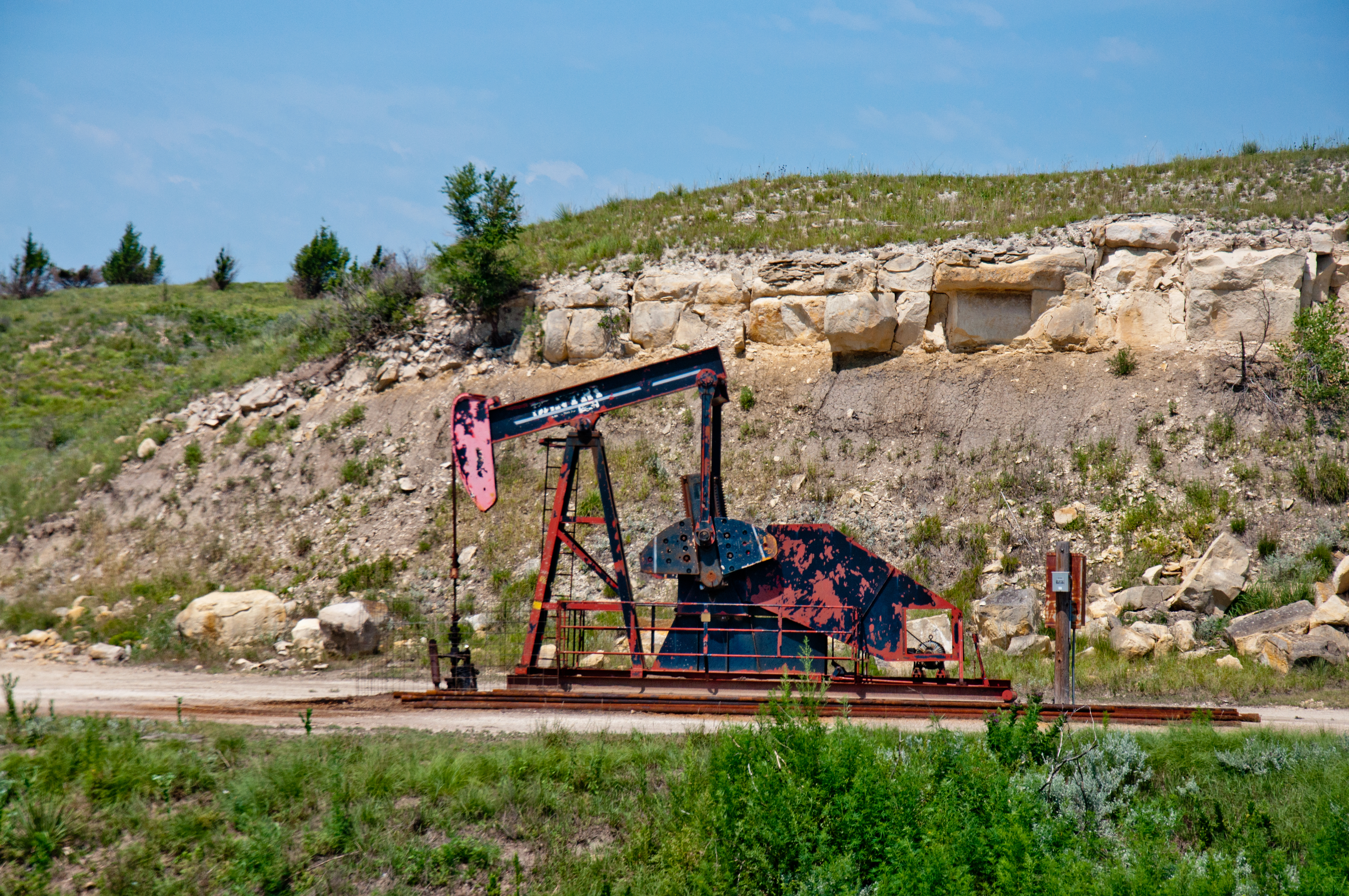By JOHN P. TRETBAR
In its latest weekly report, the government said our gasoline stockpiles grew by 4.4 million barrels, a figure the auto club AAA called “astonishing.” After four consecutive declines, the national average price for a gallon of regular was $2.648 on Monday. That’s down six cents from last Monday, nearly 13 cents lower than a month ago, and 21 cents lower than last year at this time. The average across Kansas is $2.447. We found prices as low as $2.22/gallon in Hays. It’s going for $2.33 across Great Bend. You’ll save about two dollars on your 15-gallon fill-up compared to a month ago.
China and South Korea appear ready to join the U.S. and Britain in offering military protection for oil tankers in the Persian Gulf, according to Reuters quoting an ambassador and local newspaper reports. According to EIA estimates, 76 percent of the petroleum that moved through the Strait of Hormuz last year went to Asian markets, including China, India, Japan, South Korea, and Singapore. Germany and other European nations have said they would not commit military vessels to the escort mission.
The U.S. Energy Information Administration reports another near-record for weekly crude oil production. For the week ending August 2, operators pumped 12.253 million [[“twelve point two five three million”]] barrels per day. That’s the fourth-highest weekly production total ever, and an increase of nine thousand barrels per day over the week before.
U.S. Crude inventories increased by 2.4 million barrels. The government reported total inventories of nearly 439 million barrels, about two percent above the five year average for this time of year.
Imports averaged 7.1 million [[“seven point one million”]] barrels per day last week, an increase of 485,000 from the week before. The four-week average for U.S. imports is down nearly 15% compared to the same four weeks a year ago.
Independent Oil & Gas Service reports another drop in its statewide drilling rig count. There are 11 active rigs in eastern Kansas, down one, and 20 west of Wichita, down two. Operators were drilling on one Russell County lease, and were about to spud one well in Barton County and three in Ellis County.
Baker Hughes reported 934 active drilling rigs across the U.S. Friday, a decline of six oil rigs and two seeking natural gas. The count in Alaska was down four and Oklahoma was down two. Texas was down one while New Mexico was up two rigs. Canada reported 140 active drilling rigs, up three for the week.
Regulators approved 17 permits for drilling at new locations across Kansas last week, three east of Wichita and 14 in Western Kansas, including two in Barton County, three in Ellis county and one in Stafford County. There are just 586 new drilling permits in Kansas so far this year. Independent Oil & Gas Service reports 26 newly-completed wells for the week, 869 so far this year. There were five wells completed in eastern Kansas, and 21 west of Wichita, including one in Ellis County.
The government predicted the spread between national and international benchmark crude-oil prices will narrow next year. The U.S. Energy Information Administration predicted Brent crude will average $65 per barrel in 2020, and that West Texas Intermediate will average about $5.50 less, or just under $60. That would put the spread about a dollar less than the agency’s previous prediction.
The bigger players are increasing their stakes in the Permian Basin of Texas and New Mexico, even as smaller energy companies are pulling back. Exxon Mobil and Chevron are keeping their promises to ramp up production in the Permian. According to the Houston Chronicle, Exxon Mobil is by far the Permian’s most active driller with more than 50 rigs operating, increasing production there by nearly 90 percent in 12 months. Chevron and Occidental Petroleum produce more than 420,000 barrels of oil equivalent per day from the region. The Permian, now the world’s most productive oil and gas basin, is producing about 4.2 million barrels of crude oil a day, more than one-third of the nation’s record output of more than 12 million barrels a day. The basin, by far the central focus of the shale boom, also is the country’s second-most prolific natural gas producer.
Domestic railroad freight traffic continues to decline in weekly and year-on-year comparisons. But, oil-by-rail continues to grow, and remains one of only two types of freight to show gains on the nation’s railroads. During the week ending August 3, 12,561 rail cars filled with petroleum and petroleum products hit the rails. That’s an increase of nearly 16% over the same week last year. The year-too-date total is 21% higher than last year. Canadian traffic was up 24%. The Association of American Railroads Senior Vice President John T. Gray said total combined U.S. rail traffic is down three and a half percent, held back by declines in coal, grain and inter-modal shipments.

